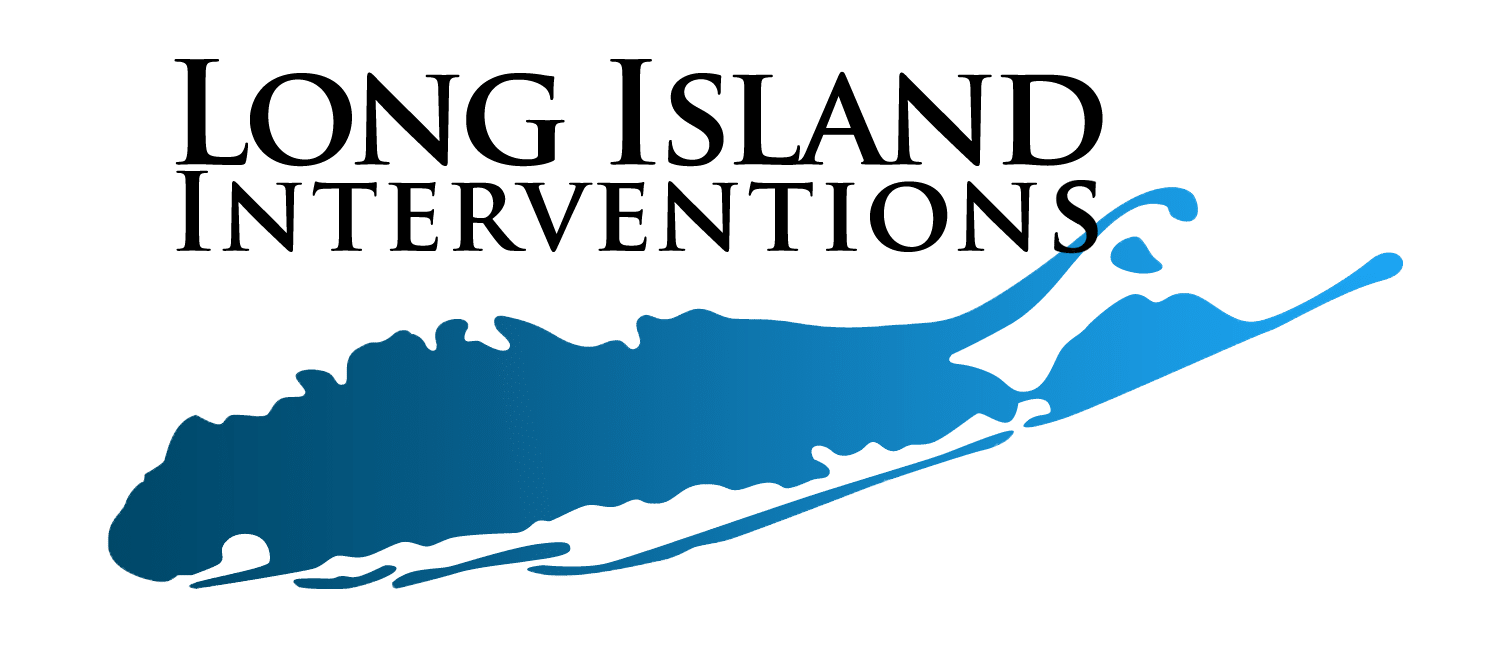If you’re like millions of other Americans, you may have sleeping difficulties or insomnia, to which your doctor may prescribe Trazodone or Ambien. While these two medications are FDA-approved and they’ve been used to treat insomnia for some time, it’s okay to be skeptical about what you’re taking.
In this guide, we’ll share with you everything you need to know about Trazodone and Ambien including what they are, how they work, and their side effects. We’ll also uncover their similarities and differences and help you decide which one suits you better.

Table of Contents
- 1 Trazodone: What It Is and How It Works
- 2 Ambien: What It Is and How It Works
- 3 Trazodone and Ambien: Similarities
- 4 Trazodone and Ambien: Differences
- 5 Trazodone and Ambien: Drawbacks to Consider
- 6 Trazodone and Ambien: Side Effects
- 7 Trazodone and Ambien: Which One Is Right for You?
- 8 Trazodone and Ambien: Signs of Misuse and Abuse
- 9 Trazodone and Ambien: Signs of Addiction
- 10 Treating Trazodone or Ambien Addiction
- 11 Final Words
Trazodone: What It Is and How It Works
Trazodone is a generic term for Desyrel and Oleptro, a drug blend that was primarily used to treat depression as it boosts the serotonin in the body. While it’s been FDA-approved as an antidepressant, you can still use it off-label at lower doses to treat insomnia.
The reason why Trazodone doubles as an effective sleep loss medication lies in the amounts of serotonin that it promotes in the brain. Besides being one of the “happy hormones,” serotonin also helps you get better sleep.
Recommended Dosage
Usually, the right dosage of Trazodone as a sleep booster is 50 to 100mg before going to bed. However, that amount may be slightly higher or lower, varying from one case to another. So, it’s best to consult your doctor about the best way to take Trazodone to reap all of its benefits.
In most cases, the effects of Trazodone kick in an hour after swallowing its pill. Still, it may take you anywhere from one to six weeks until you notice an impactful change in your sleeping patterns.
Keep in mind that going beyond the recommended amount may have unsavory side effects like an upset stomach.
Ambien: What It Is and How It Works
Despite being also used as a treatment for insomnia, Ambien works differently than Trazodone.
First off, you should know that its scientific name is zolpidem, which has been developed specifically to help individuals overcome sleeping difficulties.
Second of all, Ambien promotes better sleep by slowing down brain activity. It’s a non-barbiturate hypnotic that impacts the receptors in the brain, gradually helping it calm down and relax enough for you to fall asleep.
Recommended Dosage
Ambien should be taken as a 5mg or 10mg tablet before going to bed, making sure you allow around eight hours for the medication to do its work efficiently.
However, the thing about Ambien is that you shouldn’t take it as a long-term solution for insomnia. It’s only designed as a short-term treatment, so it’s not recommended to exceed ten days of use to avoid troublesome side effects.
Prolonged use of Ambien may lead to drowsiness, dizziness, and even diarrhea.
Trazodone and Ambien: Similarities
Trazodone and Ambien share two similarities.
The first one is that they’re both pretty effective in treating insomnia, no matter how different they do their work. Trazodone is an antidepressant with a sedative side effect, while Ambien is a trusted sleep aid.
The second point that they both have in common is that they do their job efficiently at small doses. This goes for Trazodone because its sedative side effects are so potent that only a little amount of it does wonders to help you sleep faster and better.
Similarly, Ambien is formulated in a way that allows the smallest doses of it to travel fast through the body, thus working in a very short amount of time.
Trazodone and Ambien: Differences
Unlike their two similarities, Trazodone and Ambien have many more differences. Their most important one is how they work.
Trazodone has sedative effects, while Ambien is a downright sedative. As we previously mentioned, Trazodone helps people sleep by boosting serotonin levels in the body. On the other hand, Ambien slows the activity of the brain’s neurons to calm it down.
Another major difference is that Trazodone doesn’t have as many side effects as Ambien since it isn’t a sedative. As a result, you can use it for a longer period of time, not to mention that it may be more suitable for elderly people.
Lastly, Trazodone is somewhat more affordable than the generic version of Ambien. Still, since both are taken in very small doses, the difference in price tends to be minuscule.
Trazodone and Ambien: Drawbacks to Consider
Just like all drugs you decide to take, Trazodone and Ambien have their fair share of negative points that you must take into account before consumption. Of course, they’re primarily safe, but they may not be in certain situations, as we’ll highlight right below.
Trazodone Downsides
Despite being effective as a sleeping aid in many cases, Trazodone may not work for everyone. It might simply be too weak for some people, which will lead them to take a higher dosage, resulting in a higher probability of side effects.
Plus, if you take Trazodone as a depression treatment, its sedative side effects will be more powerful since it must be taken in higher doses. Again, that may not work well for people who need to stay active after waking up.
In addition to that, people who rely on Trazodone for a long time may be prone to erectile dysfunction and suicidal thoughts. Just like most antidepressants, Trazodone must be used with care with adolescents and young adults, as it can affect mood and cause negative thoughts.
Trazodone might also develop other side effects, which we’ll discuss shortly in the next section.
Ambien Downsides
The thing with Ambien is that people who get used to its soothing effects may easily become dependent on the medication. This might cause them to take higher doses as they develop a high tolerance to Ambien quite fast.
What this means is more side effects like drowsiness, parasomnias, and even addiction the longer they keep increasing their doses.
Also, keep in mind that Ambien isn’t suitable for people with a history of the following diseases, as it might make their symptoms worse:
- Depression
- Kidney problems
- Liver conditions
- Respiratory diseases
Trazodone and Ambien: Side Effects
Because of their antidepressant and sedative nature, respectively, Trazodone and Ambien have a range of side effects that every user must know about before taking either.
Trazodone Side Effects
- What’s known as the “Trazodone Hangover”—dizziness, headaches, and fatigue
- Blurred or unclear vision
- Diarrhea
- Stomach issues
- Dry mouth
- An increased risk of serotonin syndrome when taken with other medications that boost serotonin levels in the body
- Low blood pressure, especially when standing up suddenly
- A painful, prolonged erection
- May affect thinking and motor skills
- Withdrawal symptoms if you don’t gradually decrease your intake until you stop
Ambien Side Effects
- Complex sleep behavior (sleep-walking, sleep-eating, sleep-driving, etc.)
- Drowsiness, decreased level of consciousness, or blurry vision
- Diarrhea
- Allergic reactions like vomiting, swelling of the tongue or throat, and shortness of breath (rare)
- Behavioral changes like aggressiveness and agitation
- Hallucinations
- May cause suicidal thoughts or higher depression levels in people who already have depression
- Withdrawal symptoms if stopped suddenly
Trazodone and Ambien: Which One Is Right for You?
Generally, Ambien is the better choice in terms of effectiveness.
In a study conducted on people with insomnia, participants tolerated both drugs with very few side effects. They were able to sleep peacefully throughout the first week of taking both medications.
However, in the second week, only Ambien had a significant impact on the quality of their sleep, which led scientists to believe it was a more effective sleeping aid. As a result, the American Academy of Sleep Medicine released the following guidelines regarding the use of Trazodone and Ambien:
- Ambien: “We suggest that clinicians use zolpidem as a treatment for sleep onset and sleep maintenance insomnia (versus no treatment) in adults.”
- Trazodone: “We suggest that clinicians not use trazodone as a treatment for sleep onset or sleep maintenance insomnia (versus no treatment) in adults.”
Still, since these two statements aren’t backed up with deep research or studies, they’re classified as weak. They require further research to prove their accuracy.
Our piece of advice to you as a person who’s suffering from insomnia is to always go to a doctor first. Sometimes, an underlying health issue may be causing your sleeping problems. So, getting the right diagnosis and treatment could alleviate your insomnia in this situation without needing sleeping aids.
If that isn’t the case, your doctor will still be able to recommend the best drug to take for your insomnia, whether it’s Ambien or Trazodone. After checking your medical history, they’ll match you with the right fit with minimal side effects.
Trazodone and Ambien: Signs of Misuse and Abuse
Unfortunately, both medications can be abused if taken for a prolonged time, as they both develop some sort of tolerance and even dependency.
It’s important to note any changes in your behavior—or whoever is taking these drugs—to act immediately if you suspect there’s drug misuse going on.
Signs of Trazodone Drug Misuse and Abuse
In adolescents:
- Lack of interest in hobbies or sports that a teenager normally practices and enjoys
- Low personal hygiene (disheveled hair, untrimmed facial hair, undesirable body odor, dirty clothes, etc.)
- Problems with friends or family members
- Skipping school
- A decrease in performance at school
In adults:
- Missing work or being constantly late
- Problems with coworkers, family members, and friends (especially when asking for money over and over)
- Loss of interest in hobbies, recreational activities, etc.
- Being secretive about daily habits and whereabouts
These symptoms are surely troublesome, but they’re usually the result of short-term Trazodone misuse. If there’s long-term drug abuse, you’ll have to watch out for the following signs instead:
- Instances of memory loss and blackouts
- Foggy brain
- Severe emotional and behavioral shifts
- Difficulty speaking or talking very slowly
- Involuntary movements in the eyes
- Overdosing on Trazodone
Signs of Ambien Drug Misuse and Abuse
Sadly, Ambien is a lot more likely to develop an addiction straight away if a person misuses it or overdoses on it, as is the case with most sedatives.
Therefore, in this case, you must be looking for signs of addiction from the get-go, which we’ll approach below.
Trazodone and Ambien: Signs of Addiction
Continuing to misuse either drug might inevitably cause addiction, especially Ambien. On the other hand, it’s a bit harder to become addicted to Trazodone, but individuals who overdose on it to achieve a certain “high” are more prone to end up addicted to this drug.
Signs of Trazodone Addiction
- Trying to buy Trazodone using illegal routes or without a prescription
- Taking higher doses of Trazodone to get high instead of to treat depression or insomnia
- Persuading different doctors or clinics to prescribe Trazodone
- Combining the drug with other medications or even alcohol to reach a higher sensation
- Neglecting responsibilities in a person’s life such as work, school, hobbies, etc.
- Increased tolerance for Trazodone
- Suffering from serious withdrawal symptoms as soon as a person stops taking Trazodone
Signs of Ambien Addiction
- No way to sleep without taking Ambien
- The inability to cut down or stop Ambien intake
- Displaying strange or risky behavior as a result of misusing Ambien (like sleep-driving or sleep-cooking)
- Still using Ambien anyway despite the dangerous effects it has on a person’s behavior
- Spending a lot of money trying to acquire Ambien
- Severe withdrawal symptoms when trying to stop taking the drug
- The negative effects of Ambien interfering with life, work, relationships, etc.
Treating Trazodone or Ambien Addiction
If you notice the previous symptoms in someone you care about, it’s time to take the first step in the treatment path and get in touch with a recovery health center.
The journey will start with an addiction treatment specialist assessing the case to determine the best treatment plan to suit the person’s needs. Then, the patient will have to go through three more steps, which are detoxification, treatment, and aftercare.
Final Words
Trazodone and Ambien are both great options for people suffering from insomnia, and they’re generally safe if you stick to the recommended dosage.
However, you should keep in mind that drug abuse and even addiction are still possible. So, you should be responsible when taking either medication.
If you notice any troublesome symptoms or side effects, seek professional help at once.
Published on: 2023-02-26
Updated on: 2025-06-05

